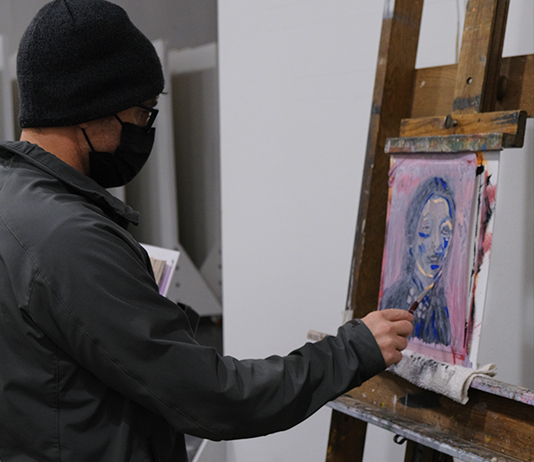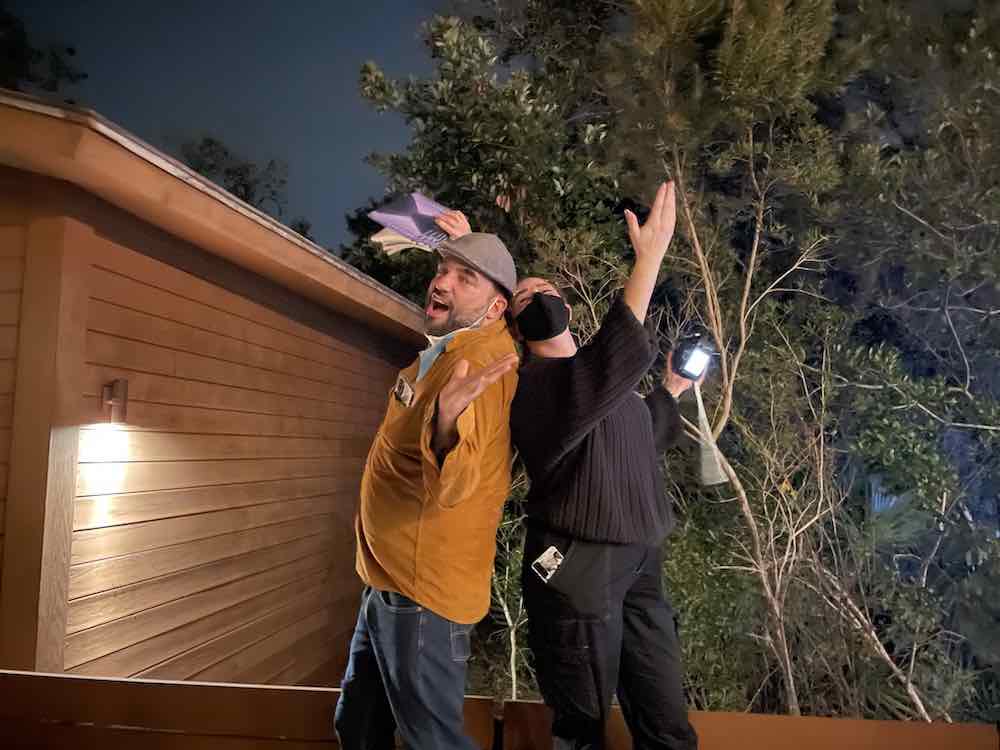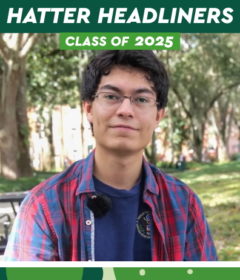MFA of the Americas Lowers Cost, Raises Accessibility


Full-time Stetson faculty, staff and their immediate family members are now eligible for a 50% tuition discount upon acceptance into Stetson’s MFA of the Americas.
The two-year, low-residency creative writing program offers degrees in Prose and Poetry in the Expanded Field.
While the university’s tuition benefits policy continues to provide 100% of tuition for many undergraduate and postgraduate programs pursued by Stetson community members, the MFA program previously was not eligible for that benefit.
Stetson community members who wish to apply for the MFA of the Americas’ next term, which begins with a 10-day virtual summer residency from June 3-13, must start the application process by March 1. They will have until March 15 to submit all of the required materials.
“When the MFA of the Americas program launched in 2016, special costs associated with the program disqualified it from Stetson’s tuition benefits program,” said Teresa Carmody, PhD/MFA, director of MFA of the Americas and an assistant professor of English.
Each MFA semester begins with an intensive 10-day residency filled with writing workshops, craft seminars, performances and more. Those residencies rotate between a winter residency at Atlantic Center for the Arts in nearby New Smyrna Beach and a summer residency abroad. The program has traveled in the past to Buenos Aires, Argentina; Rio de Janeiro, Brazil; and Santiago, Chile.

In 2020, the program planned on traveling to Mexico City. But with the start of the pandemic, the MFA program, like similar programs across the country, went virtual.
“The program was designed so that the cost of residencies — room and board, plus museum admissions fees or airport transfers while abroad — was part of the tuition,” Carmody explained. “However, we decreased our tuition during the pandemic because we weren’t having in-person residencies. The university wasn’t going to charge students for residencies they couldn’t attend.”
Tuition for the MFA program, which requires 11 credit hours per semester, dropped from $913 per credit hour to $753 per credit hour.
‘More Accessible’
When the MFA program began to ramp back up toward having in-person residencies — including a hybrid session in January at the Atlantic Center — tuition fees were, in effect, unbundled from the cost of the residency. That change kept tuition at the virtual rate.
While the MFA of the Americas still requires students to use the program’s international learning provider for room and board during its residencies abroad, the program “has made room and board optional for the domestic residency,” Carmody said. As a result, students can choose to stay at the Atlantic Center, or they can stay at home and commute.

“For our January 2022 residency, students from the local area did just that. They came to Atlantic Center for workshops and some all-program meals. They still had 24-hour access to the studios, including painting and dance studios, which they used to make fantastic work. The difference is that the new tuition structure means they can sleep at home, which makes the program more accessible,” Carmody noted.
After each residency, students work one to one with a faculty mentor. The “highly individualized” nature of the MFA curriculum, and other direct costs, preclude the program from being allowed a 100% tuition benefit, Carmody said. However, the restructuring, particularly the unbundling of tuition fees from the cost of residencies, meant the MFA program was able to get Board of Trustee’s approval for a half-cost tuition benefit.
Admission to MFA of the Americas is competitive, and not all applicants will be admitted. Stetson community members will not be given preference, Carmody said, but interested applicants can contact her or Terri Witek, PhD/MA, professor of English and Sullivan Chair of Creative Writing, to learn more about the application process.
While the program will be virtual for June 2022, the program will include optional in-person activities, so students can still connect with each other. Students living in other states are already planning on traveling to DeLand for the summer. Previous residency schedules are available on the MFA Experience website.
Application Deadlines
Although the submission deadline for applications is March 1, the complete application deadline is March 15. What does that mean?
“An applicant needs to complete the application, upload their work sample and statement of interest, and hit ‘submit’ by March 1,” Carmody explained. “But they will have until March 15 to ensure we receive their supporting documents, like letters of recommendation and transcripts. These other materials can sometimes take a little time to gather.”
In considering applicants, the most important component is the writing or the work sample, she added, citing that “it doesn’t have to be just writing. With our unique degrees in Prose and Poetry in the Expanded Field, student work samples have included paintings, photography, films or songs, in addition to writing. Students pursuing a degree in Prose are working on memoirs, novels, story collections and hybrid works. We also have an exploratory option.”
Also, the MFA’s low-residency nature means that, apart from the semester-opening residencies in non-COVID times, all learning activities and individual mentoring are virtual. The program is “designed for working adults” and has “students in every time zone across the United States,” as well as international students in the past, Carmody said.
And now it’s even more accessible to the Stetson community.
“This writing program is wonderful for people who want to go deeper with their creative practice, especially within a supportive and dynamic community of writers and artists,” Carmody concluded. “We are thrilled that this program is now more accessible for the Stetson community, and welcome the opportunity to work with faculty, staff and loved ones.”
– Rick de Yampert



